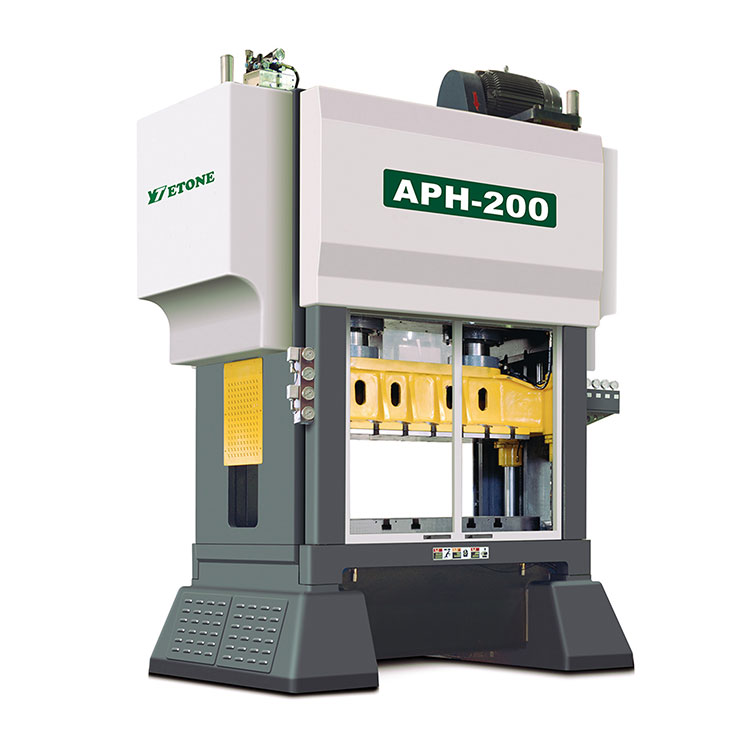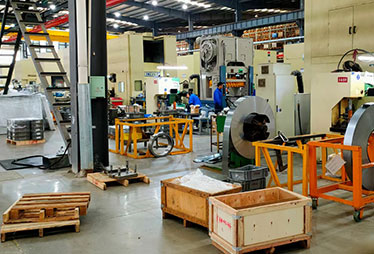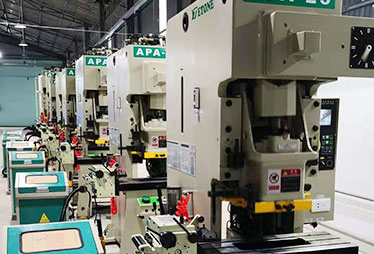High speed punch debugging steps
2024-04-12
The debugging of high speed punch press is an important step to ensure its normal operation and production quality. The following are the steps for debugging high speed punch presses under normal circumstances:
Check security:
Make sure all safety equipment and emergency stop buttons are working properly.
Make sure the work area around the punch press is clean and free of clutter.
Lubrication system inspection:
Check the lubrication system to ensure that all lubrication points are properly lubricated.
Make sure that the lubrication system is operating normally and there are no abnormal sounds or abnormalities.
Electrical system inspection:
Check all wire connections in the electrical system to make sure they are tight and not loose.
Check the control system to make sure all sensors, switches and control panels are functioning properly.
Pneumatic system inspection:
Check all air connections in the pneumatic system to ensure normal air pressure.
Check the cylinder and pneumatic valves to make sure they operate correctly.
Mold installation:
Install the required mold and make sure the mold is securely fastened.
Adjust die position and spacing to ensure accuracy and consistency of stamped workpieces.
Adjust the feed system:
Adjust the speed and feed length of the feed system to suit the needs of different workpieces.
Make sure the feed system is running smoothly with no jams or jumps.
Adjust punch stroke and punch speed:
Adjust the punch stroke and punch speed to adapt to the requirements of different workpieces.
Make sure the punch moves smoothly without abnormal vibration or noise.
Test run:
Carry out a test run under no load to check the operation of all components.
Check the impact force and accuracy of the punch to ensure it meets the requirements.
Sample inspection:
Make samples for inspection to check the punching quality and dimensional accuracy of the punch.
Adjust as necessary until satisfactory production results are achieved.
Records and Documentation:
Document all parameters and adjustments made during debugging.
Prepare debugging reports and operating instructions for future reference and training.
























































